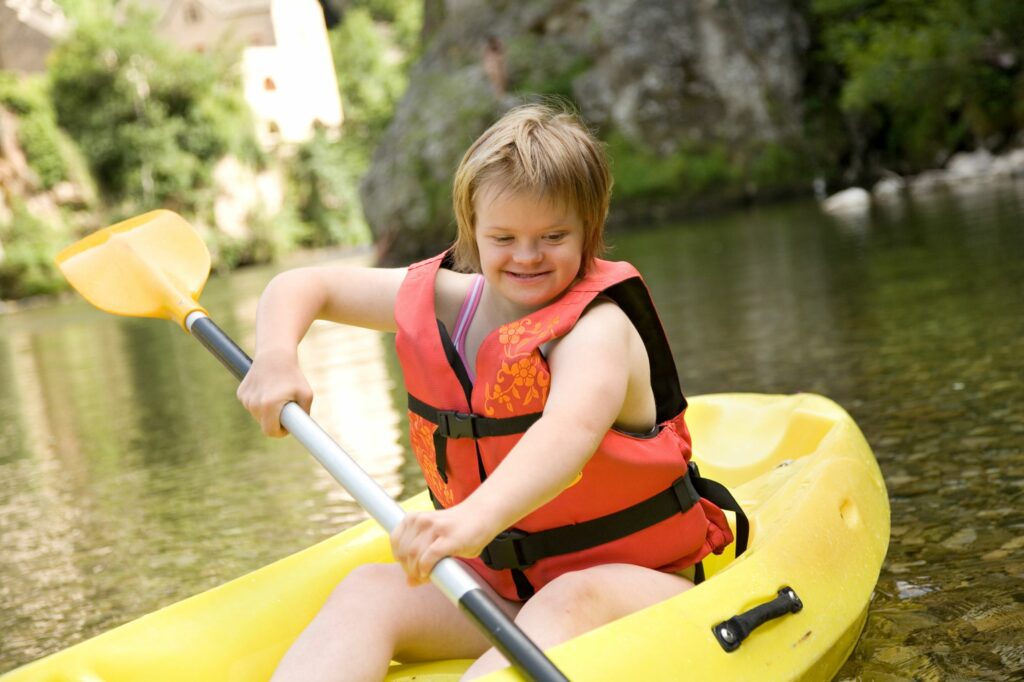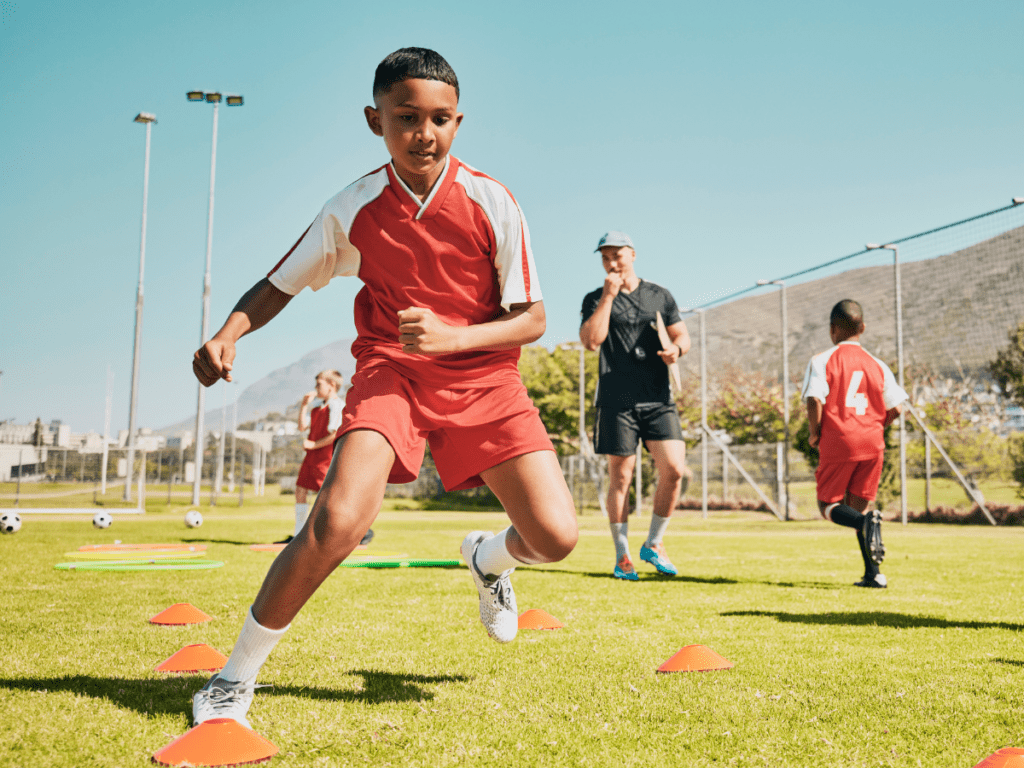Active for life
Youth participation in organized sport has long-lasting positive effects on health. A new 12-year follow-up study shows that people who participated in organized sport throughout their youth continue to have higher levels of physical activity in adulthood, leading to better long-term cardiovascular health.
Youth sport streaming
The COVID-19 pandemic has catalyzed the widespread implementation of streaming technology for youth sports. Beyond allowing family and friends to stream games live, streaming improves game-tape reviews, analytics and evidence for in-game penalties. In the SIRCuit, learn more about how the pandemic has revolutionized technology at all levels of sport.
Water safety tips
As temperatures begin to rise, many Canadians seek to cool off in a nearby body of water. Sadly, drowning is one of the leading causes of unintentional death for Canadian children ages one to four. This blog from the Red Cross provides three tips to keep children safe around water this summer, including creating barriers…
Creating quality sports programs for kids with intellectual and developmental disabilities

Children with intellectual and developmental disabilities (IDD) can benefit physically and psychosocially when they take part in sport (Baran et al., 2009, 2013; Weiss & Bebko, 2008). Unfortunately, their needs are often neglected, which leads to various physical, social, communication and policy barriers to their involvement (Shields & Synnot, 2016). These obstacles may affect how…
Benefits of extracurricular activity
Research from UBC finds teens, especially girls, report better mental health when they spend more time in extracurricular activities, like sports and art, and less time in front of screens. Less than two hours per day of recreational screen time (e.g. browsing the internet, playing video games, and using social media) was associated with higher…
Pre-schoolers’ fitness
Exercise can help children excel in the classroom. Preschoolers (4-6 years old) with higher levels of cardiorespiratory health showed improved performance on cognitive tests and other measures of brain function.
Parents’ Physical Activity
Parents’ physical activity is directly associated with the physical activity of their children. Research has shown that for every 20-minute increase in moderate-to-vigorous physical activity (MVPA) performed by a parent, their child’s MVPA increased by five to ten minutes.
Movement-based approaches to program evaluation with children

This blog is part of a series in collaboration with Brock University. Written by a student in the ‘Program Evaluation in Professional Practice’ course, this blog draws on a student’s first-hand experience conducting a program evaluation during a placement with the Bounce Back League. In this blog, Ashley Romano, a 4th year undergraduate student, offers…
Soccer and Christianity in greater Vancouver: Bodies, relations, and formations in Canadian settler-colonialism

Introduction and context The focus of the research is the relationship between sport and Christianity (evangelical and Pentecostal) in Greater Vancouver. In a world of increasingly individualism, and disintegrating mass institutions (mass political parties, civil services organisations, mainline Protestant churches) the intention of the research was to understand how increasingly global social mass movements, soccer…
Expertise for program evaluation
According to an Ontario Nonprofit Network report, 86% of non-profits do not have staff with experience or expertise designing and implementing program evaluations. In the SIRCuit, MLSE LaunchPad describes their evaluation approach, and shares insights to help build sport organization capacity to engage youth participants in evaluation activities.